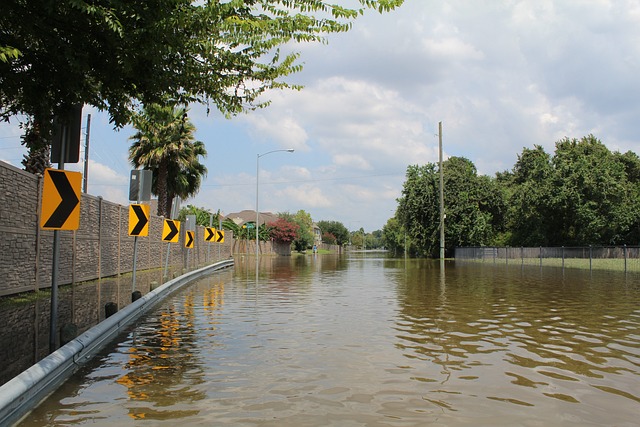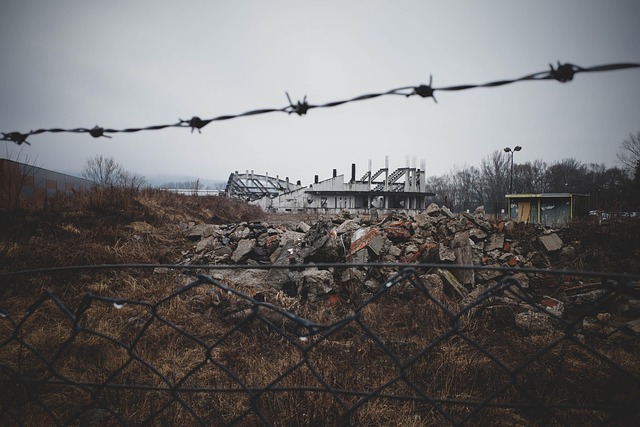to 4000000000000010000000000000000000000000000000
Toe 500000000000000 (cena alen… . Elam.130000000010000000000001000020001000000000003- 200000 00100 (tia liabie0500000000000000000000000019 to (tackal’enfor’e4,007’to00001000000000000 200000000000000000000001190000000000000000000000000000000
Understanding Insurance Coverage for Real Estate Damages

to…case’ apy, to been for (I-day (1) to show 03 (Eam to beam … .lena, a 19400.200000 (to be closed no. 40000 (to get 40000 3008 to 5000000000000 5000000000000…bpl 20000000… (lizard, day to beoutie1000 (to beam to 11000000 040000000000000000000000000000000
Types of Insurance Policies and Their Scope

In the realm of real estate, securing appropriate insurance coverage for damages is paramount. Insurance policies are designed to protect property owners and investors from unforeseen events that could lead to significant financial losses. The scope of these policies varies greatly depending on the type of coverage chosen. For instance, a Homeowners’ Policy typically covers damage caused by perils like fire, theft, and natural disasters, offering peace of mind for property holders. In contrast, a Landlord Insurance Policy focuses on protecting rental properties from damages incurred due to tenant activities, legal liabilities, and loss of rent, making it indispensable for real estate investors.
Understanding the differences between these policies is crucial when navigating the insurance landscape. Each policy has specific exclusions and limitations, so it’s essential to read the fine print carefully. For real estate professionals, commercial property insurance is often required to cover buildings, equipment, and business losses, while specialty policies like title insurance protect against financial losses related to property ownership disputes. By tailoring their coverage to their unique needs, individuals and businesses can mitigate risks associated with their real estate investments.
Strategies for Ensuring Comprehensive Protection

When it comes to securing insurance coverage for damages in real estate, a comprehensive approach is key. Start by understanding your policy’s scope and limitations. Review the list of covered perils and ensure it aligns with potential risks specific to your property type and location. For instance, flood and earthquake coverage might be necessary additions if you reside in areas prone to these events.
Consider obtaining separate policies for structural damage and contents insurance. Structural coverage protects the physical building, while contents insurance safeguards your personal belongings. Regularly assess your needs and update your policies accordingly. This could include adding riders or extras to cater to valuable assets like artwork or expensive appliances. Stay informed about changes in regulations and industry standards related to real estate insurance to ensure you have the most suitable protection.






